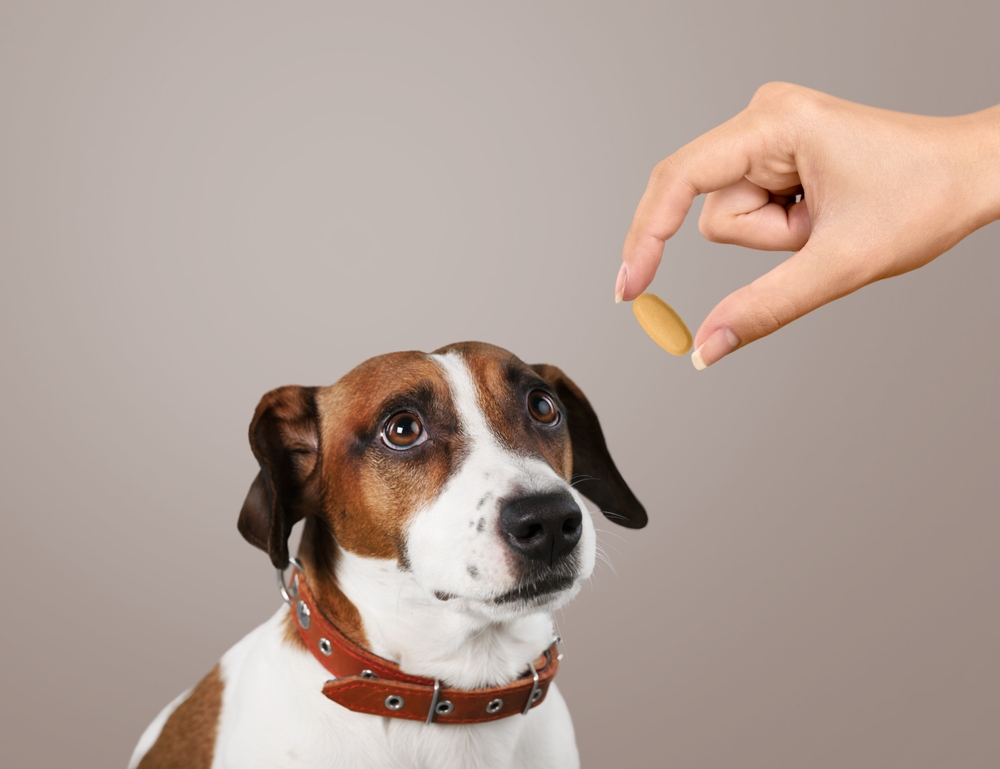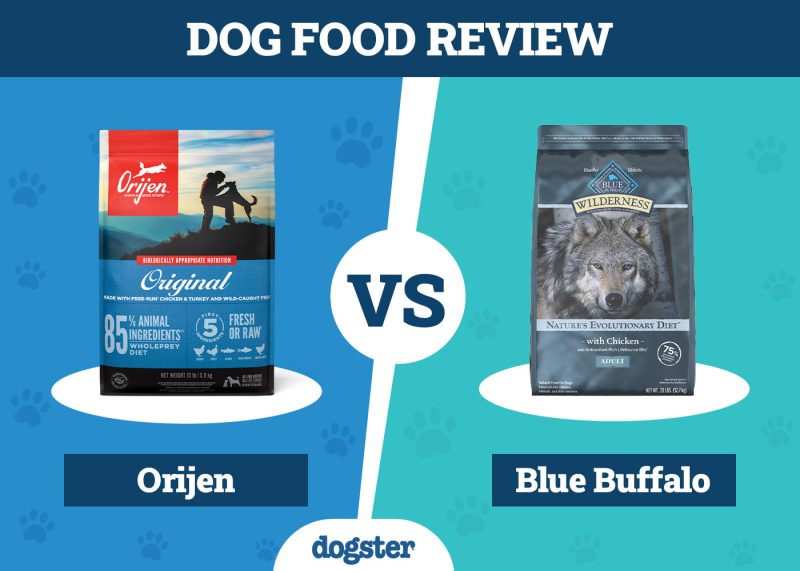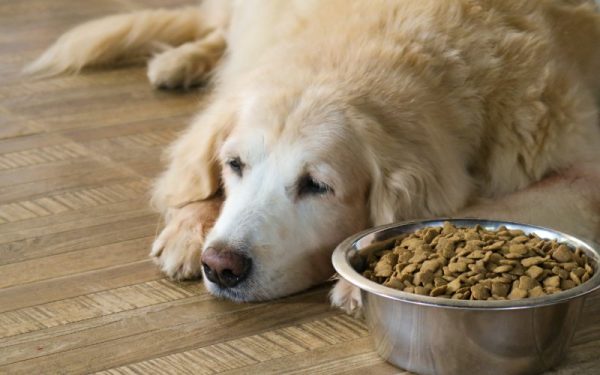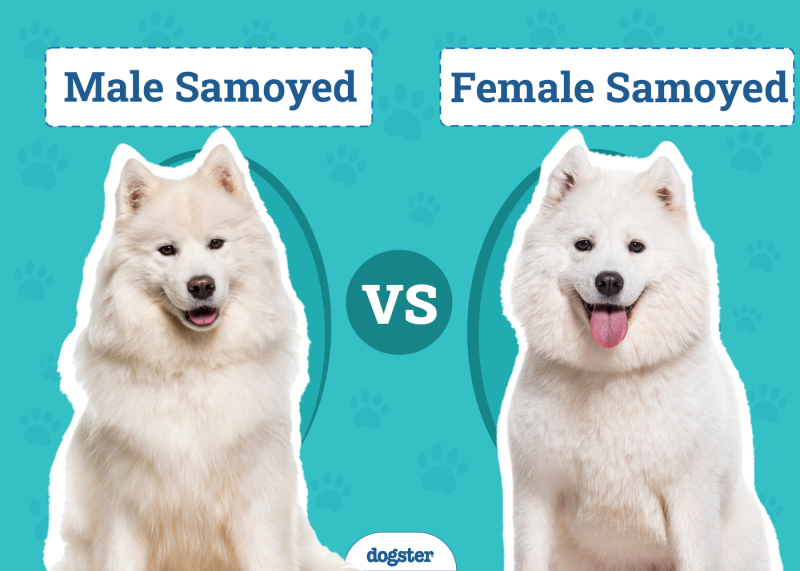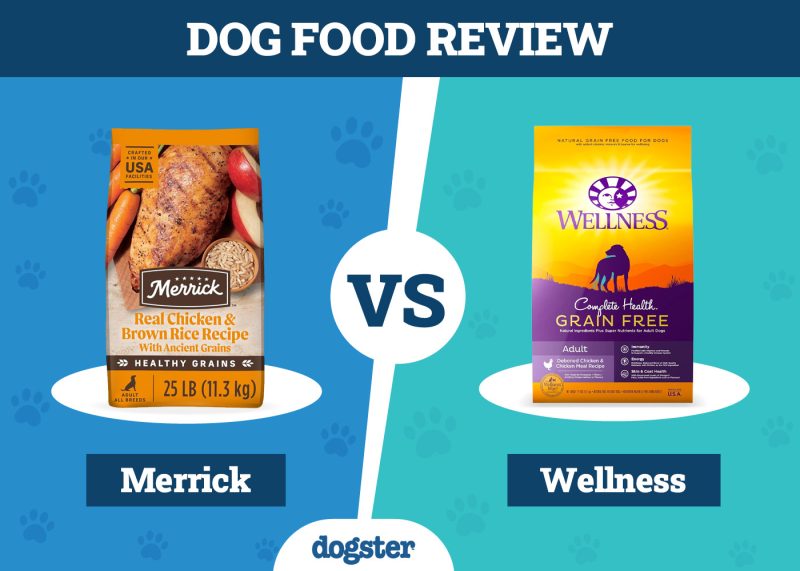In this article
View 5 More +A common antihistamine in households is Benadryl or diphenhydramine. It is a medication that pet parents readily have access to and quickly reach for to help with their pet’s ailments. But is Benadryl really helpful? What can it be used for? Do I need my vet’s permission to use it on my dog? Continue reading below to learn more about Benadryl and how it can be administered to your pup.

What Is Benadryl?
Benadryl (Banophen, Vetadryl, Diphenhist) is an antihistamine medication labeled for humans. Off-label use of Benadryl has been extended to several species for numerous conditions. Diphenhydramine is also available as Vetadryl, a veterinary-specific product.
Benadryl has been used in dogs to help combat pruritus, or itchiness, associated with allergies. There is debate regarding whether Benadryl improves pruritus or just reduces the clinical signs of itchiness through sedation. Benadryl is commonly used in animals diagnosed with mast cell tumors to block histamine released by the tumor, which can cause inflammatory signs.
Benadryl is also used for allergic reactions and hypersensitivity cases, including insect stings and vaccine reactions. It can help prevent allergic reactions, including anaphylaxis. Diphenhydramine can be used as an antiemetic and is helpful to patients with vestibular disease.

How Is Benadryl Administered?
Benadryl is typically administered orally as a liquid, pill, or capsule. An injectable formulation is also available for use in hospitals. Benadryl should not be administered intravenously. However, we recommend not giving your dog any unless it is under the instructions and guidance of your vet.
Benadryl can often be combined with dyes and flavors to make it more appealing to humans. Care should be taken to ensure that flavored tablets or liquids do not contain xylitol, an artificial sweetener that is harmful to veterinary patients. Additionally, care should be taken to avoid combination products without consulting your veterinarian.
Again, before administering any medication to your pet, consult your veterinarian. Diphenhydramine is dosed in dogs at 2–4 mg/kg every 8–12 hours, according to the Merck Veterinary Manual.1
Before giving any new medication to your dog, we recommend you consult a veterinarian for the best advice on which would be the best treatment for your pup.
What Happens if You Miss a Dose of Benadryl?
If you skip a dose, you can administer the Benadryl dose later, but be sure to wait the appropriate amount of time before taking the next dose. Avoid doubling the dose since it can cause sedation.
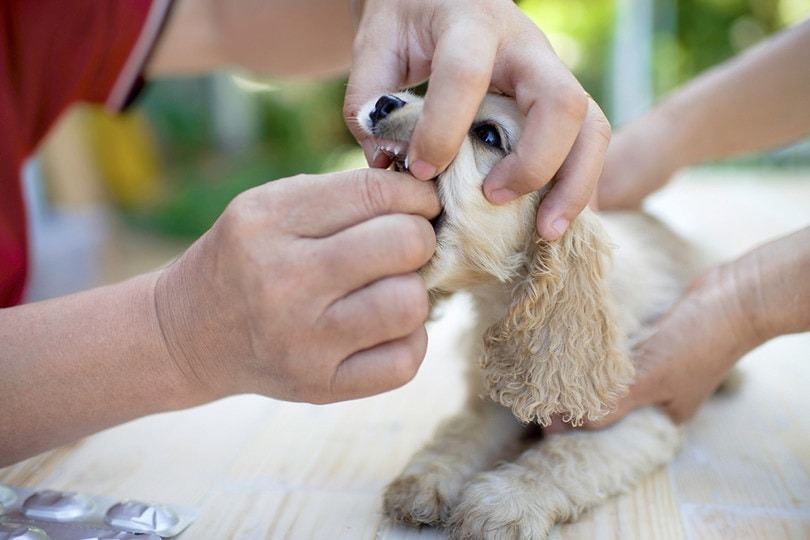
Potential Side Effects of Benadryl
- Drowsiness
- Dry mouth/Dry Eyes
- Urinary Retention
- Gastrointestinal signs
- Tachycardia (elevated heart rate)
Contraindications
Although viewed as a safe medication, there are medical conditions and potential drug interactions that may not make Benadryl a good option for your pet. Diphenhydramine use in working dogs may temporarily hinder job performance due to sedation.
Below are some contraindications to the use of Diphenhydramine. Diphenhydramine use should be avoided or used cautiously in patients with:
- Difficulties urinating
- Asthma attacks
- Liver disease
- Seizure disorders
- Cardiovascular disease
- Hypertension
- Hyperthyroidism
- Asthma and COPD
- Closed-angle glaucoma
Possible drug interactions may also occur if administered concurrently with CNS depressant drugs and MAO inhibitors.


Frequently Asked Questions (FAQ)
Is Benadryl Safe to Use in Pregnant Dogs?
It is unknown if Benadryl should be used in pregnant animals. As a precaution, it should be avoided if possible.
Should I Use the Veterinary Diphenhydramine, Vetadryl, Instead of Benadryl?
Either product can be used. However, due to the available doses, dosing with Vetadryl may be more convenient in some cases.
Should Diphenhydramine Be Given Every 8 or 12 hours?
This medication can be dosed at either interval. The dosing interval is determined by the condition being treated and the patient’s response to therapy.
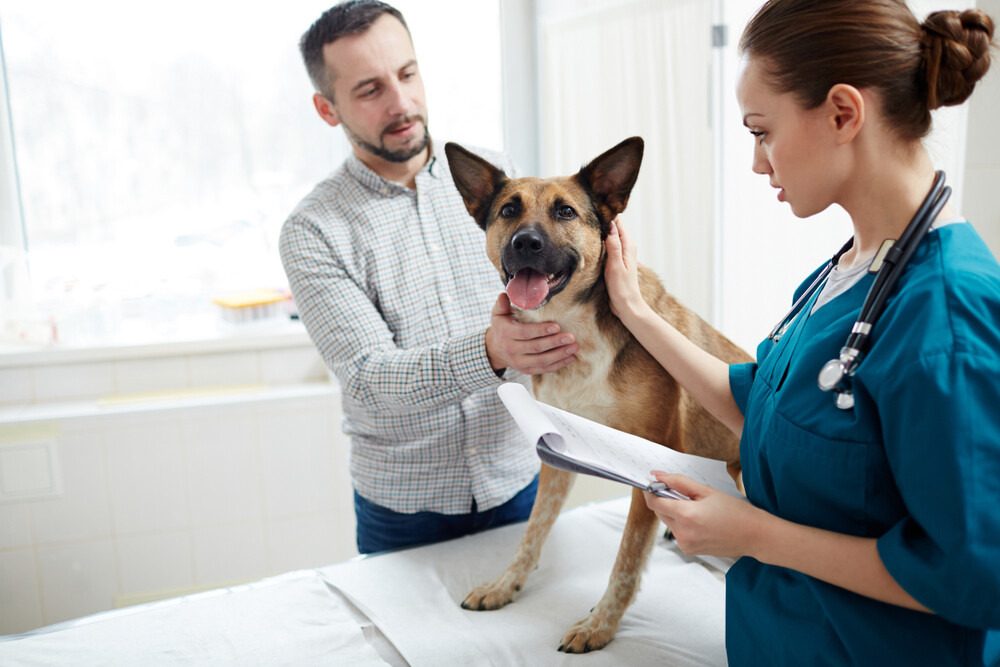

In Summary
Diphenhydramine, otherwise known as Benadryl or Vetadryl is a good medication to have on hand. It has several uses and can be used in many illnesses. As with any medication, it is important to discuss the dosing recommendations with a veterinarian prior to use, especially if the patient has concurrent illnesses or is taking other medications.
See also:
- What Makes a Good Service Dog? 8 Vet-Reviewed Characteristics
- Do Dogs Have Nightmares? Vet-Verified Canine Facts
Featured Image Credit: Billion Photos, Shutterstock
